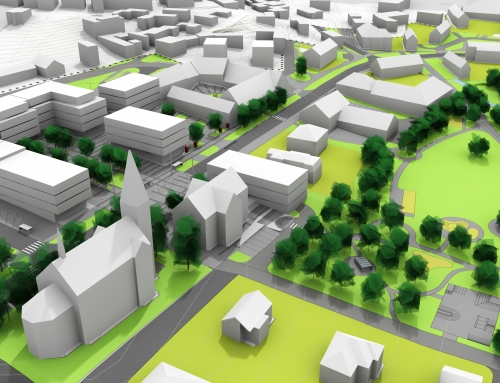If you are a pastor, or executive pastor and your current campus is limiting growth or hurting your ministry model; or if you are a key leader responsible for stewarding your real estate resources then this is for you.
This is Part One of a Ten Part Series designed to give you a springboard for starting a conversation with your leadership as you consider how you will approach developing a new campus, multi-site, or expanding/renovating your existing campus.
Drawing on 30 years of successfully developing large, complex building projects I help churches and other non-profit organizations as their advocate to navigate the complexities of planning, funding, and developing their campuses. There is a lot of confusing information out there voiced by well-meaning people, and I have found there is a need for expert guidance from real world real estate developers who have successfully developed large and complex projects.
Too many church development projects become train wrecks or don’t achieve their full potential because leadership has not received guidance from anyone who knows how to properly plan and execute a vision in what is a unique and complex endeavor. It amazes me how many churches “have a guy” they entrust with such a monumental undertaking who may have a background in contracting, design, finance, or some other limited aspect of the process but does not possess the knowledge or experience required. Or worse, they go the DIY route and task an executive pastor or some other staff person with the role.
Failing to have the right guidance can lead to disillusionment, false starts, delays, wasted time, and money. Many projects end up stuck and as a sore subject ending up costing the credibility of the pastor and leadership and worse.
I have identified 10 Fundamentals that I believe all churches should follow to successfully develop their real estate resources for maximum ministry effectiveness. There are many more principles that could be discussed, but this is an executive level primer that I hope will be helpful as you begin your own conversation.
Each blog post will consider one of the 10 Fundamentals. They are as follows; not necessarily in order of importance.
1 Real Estate Strategy
2 Resource Assessment
3 Vision Alignment
4 Land Planning
5 Funding Strategy
6 Congregational Support
7 Project Design
8 Project Schedule
9 The Right Team
10 The Right Leadership
The focus of this blog post is Fundamental One; developing a sound Real Estate Strategy. It is normal to want to rush into the excitement of designing a new building on your campus. Many pastors and church leaders will skip this first step and hire an architect to start designing a project. This common pitfall ignores several steps that should take place before even thinking about designing anything yet.
Developing a sound real estate strategy is wise stewardship and will help ensure that no project will be undertaken without carefully considering the long-term implications.
Many pastors and church leaders approach the creation of new ministry space one “project” at a time. It is natural for people who are not involved in real estate investment and development to become so focused on the immediate need of additional seats, a student center, or some other space need that they lose sight of the big picture.
Whether your church is acquiring property for a new campus, or expanding an existing one, it is important to develop a long-term strategy to maximize the capacity of your real estate to support your ministry in a way that aligns with the overall vision, mission and strategy of your unique church.
Every pastor and church leader wants to be a good steward of the land God has given them. Approaching the development of your campus by planning each project as you go without a wise strategy for your real estate is a pitfall that can result in substantial underutilization of your land and buildings.
Developing your real estate strategy should be a comprehensive process that factors in property acquisition, local markets, exit strategies, zoning and community development standards, local community and political environment, congregational demographics and growth, timing, denominational matters if applicable, and of course the vision and mission of your church.
You will not regret investing the time and resources necessary to develop your real estate strategy. The next blog will cover assessment of your resources which goes hand in hand with your real estate strategy. These efforts will help set you up for success as you move into establishing a Vision for your Campus(es) that will grow your ministry.
Check back in two weeks when I discuss Fundamental Two, Resource Assessment. If you would like to be notified when the next blog is issued, just fill out the Contact form on our Contact page of the website.




